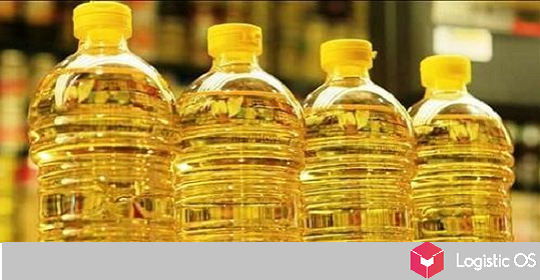India is going to achieve self-sufficiency in pulses in the next 3-4 years, this is one of the priority goals that the government has set for itself.
Recently, the Indian government has been paying increasing attention to the country’s food security and is seeking to reduce imports. In particular, a program is being developed according to which the country should achieve self-sufficiency in legumes by 2027.
The main goal of this program is to reduce huge import costs.
For example, last year India’s import costs amounted to $855 billion, of which $49 billion had to be spent on agricultural products alone.
Including, about $4 billion was spent on the import of legumes, and almost $15 billion on the import of vegetable oils.
True, it is worth saying that all these parameters have decreased compared to the year before, so it can be argued that the country is moving towards self-sufficiency, although not at a very fast pace.
However, with regard to avoiding imports in terms of pulses, the Indian government has quite serious intentions.
“We are trying to achieve self-sufficiency in grain legumes in the next 3-4 years with the introduction of types of state support, as in the case of oilseeds.
A new development program aimed at broad promotion of pulses production is being prepared and is expected to be released in the next few days.
We are working on SoP (standard operating procedures) and depending on the budgetary allocations we will take the program forward.
Our 100-day program will undoubtedly focus on oilseeds, pulses and biofuels, with a major focus on reducing import costs. Another very important thing is the stabilization of prices for agricultural products,” says a senior official.
Imports of pulses are currently at a multi-year high, and India is now a net importer of edible oils.
Almost 60% of all oil consumed in the country is of foreign origin. First of all, oil is actively purchased from Indonesia and Malaysia.
To somehow change this situation, the Indian government is taking special measures.
For example, the National Mission on Edible Palms and Palm Oil was launched in 2021, with a goal of increasing the production of such oil to 1.1 million tons by 2026.
The Indian authorities hope that the problem with the import of grain legumes can be solved in a similar way.
A gradual increase in production is already taking place: if in 2013 19 million tons of legumes were produced, then in 2023 this figure increased to 26 million.

